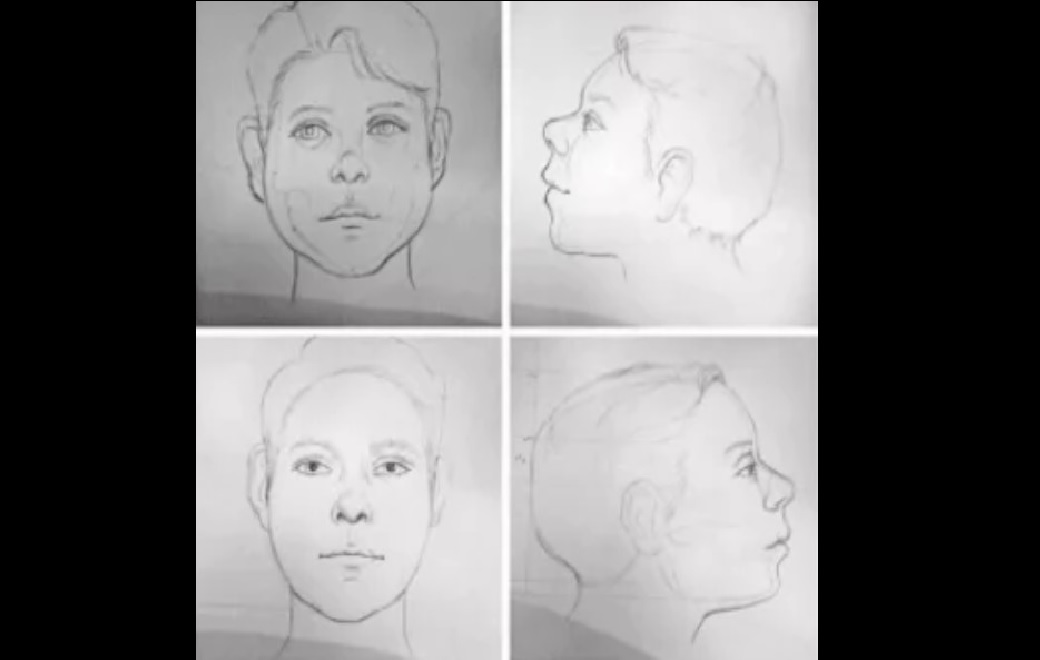Detectives believe new DNA techniques could hold the key to identifying the victims of Vancouver’s longest-running unsolved murder case.

The bodies of two boys were found in Stanley Park in 1953, in what became known as the Babes in the Woods case.
Police have never been able to figure out the boys’ names, but Staff Sgt. Dale Weidman from the Vancouver Police Department plans to put their DNA samples into online consumer databases, like Ancestry.com and 23AndMe, to see if their identities can finally be discovered.
Detectives now believe that new DNA techniques could hold the key to identifying the bodies of two young children that were found in Stanley Park in 1953.
“It’s taking that DNA and seeing if we can put it into these public websites, and see if we get any hits from there,” he told the Haunted B.C. series on CKNW.
Such an action could reveal the names of relatives of the two boys. By taking the last names of those relatives, police can check school attendance records, to see if boys matching those surnames suddenly stopped going to school some time in the late 1940s, when it’s believed the boys were murdered.
The bodies of the two boys were discovered by a Vancouver Park Board worker in 1953. Initial police investigations suggested the bodies were of a boy and a girl, and that they were probably killed in 1947.
- Three B.C. men fined, banned from hunting after killing pregnant deer
- B.C. child-killer’s attempt to keep new identity secret draws widespread outrage
- Inquest hears B.C. hostage was lying on her captor before fatal shooting
- ‘We’ve had to make a 180’: What Oregonians say they got wrong with decriminalization
In the mid-90s, there was a flurry of activity on the case when Brian Honeybourn took on the file after he joined the Unsolved Homicide Unit of the Vancouver Police Department.
Honeybourn sent bone and teeth samples for DNA analysis by Dr. David Sweet, a forensic dentist at the University of British Columbia. The results revealed there was a lot of incorrect information on file – most notably, that the bodies were actually of two boys, not a boy and a girl.
The development produced more tips to police, all of which led to dead-ends.
There is however a long-running working theory that their mother was somehow involved in their deaths. It’s thought identifying the boys could lead to a trail of evidence that may provide more detail.
WATCH: Breakthrough expected in cold case involving murdered B.C. couple

“If the police had apprehended a distraught woman at that time in Vancouver, undoubtedly they would have sent her to St Paul’s Hospital, or Vancouver General Hospital, to get a psych assessment before she would be shipped off to Riverview Essondale,” Honeybourn said, referring to a mental-health and addiction centre in Coquitlam which operated for almost a century before closing in 2012.
Though he’s now retired, Honeybourn started thinking about the case some more earlier this year, when he learned how consumer DNA websites were being used in the United States to resolve long-running cold cases.
In particular, he recalled testimony from a couple who were walking in Stanley Park in the late 1940s, who recalled a distressed woman who approached them and let out a “guttural” roar. She was wearing a single shoe – which was significant, because a single shoe was also discovered alongside the boys’ bodies.
A month ago, Honeybourn approached Staff Sgt. Weidman with his notes and suggested that this lead warranted further investigation given the availability of websites like Ancestry.ca and 23AndMe.
WATCH: What is the DNA process for solving cold case crimes?

It’s now hoped that if the boys’ names can be revealed, birth records could identify their mother. And if she was apprehended at some stage, then it’s possible that hospital records could provide the evidence needed to identify her as the boys’ murderer – and perhaps connect her to that same woman who was spotted in Stanley Park.
“The boys’ mother is probably long-deceased, so nobody’s living under the illusion there’s ever going to be a court case or anything like that,” Honeybourn said.
“But if we can give the boys their names back, that would be good,” he added.




Comments